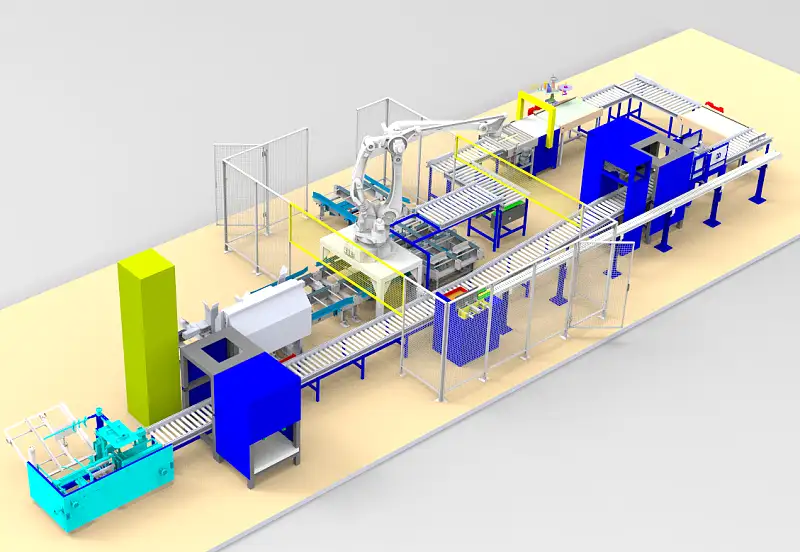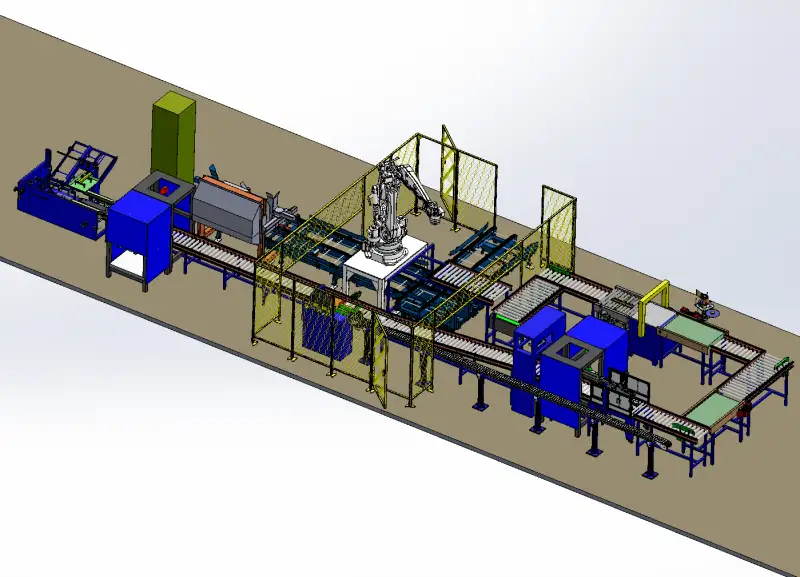The ultra-low type latent AGV is lower, which can easily sneak into and tow all kinds of material vehicles; The car is easy to operate and maintain, stable driving, has been widely used in the factory workshop goods handling. Ultra-low type latent traction AGV parameter specifications Body model Ultra-low latency physical dimension L1350*W385 (mm) Way…



